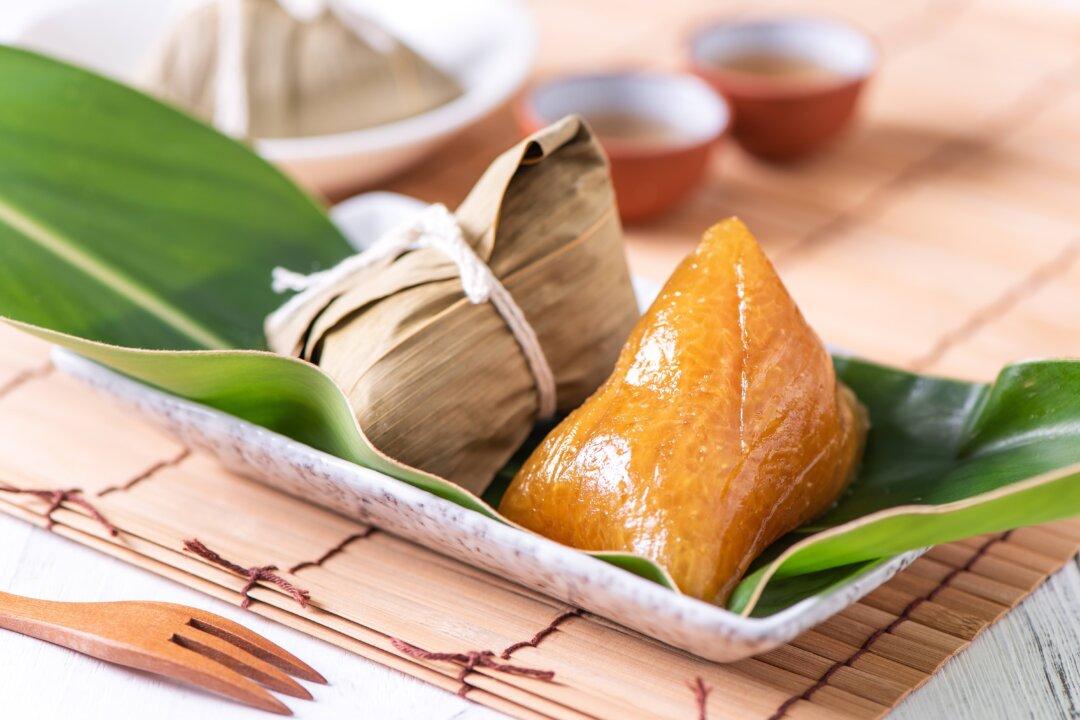I was an incredibly picky eater as a kid. Dinnertime was a stressful battle between me, my parents, and the green stuff on my plate—most of which came from a can or the freezer and was cooked to within an inch of its life.
It wasn’t until I discovered spinach salad with creamy ranch dressing that my life turned around. It was a breakthrough that allowed me to add foods like red bell peppers, strawberries, arugula, and kale to my diet—and like them.





